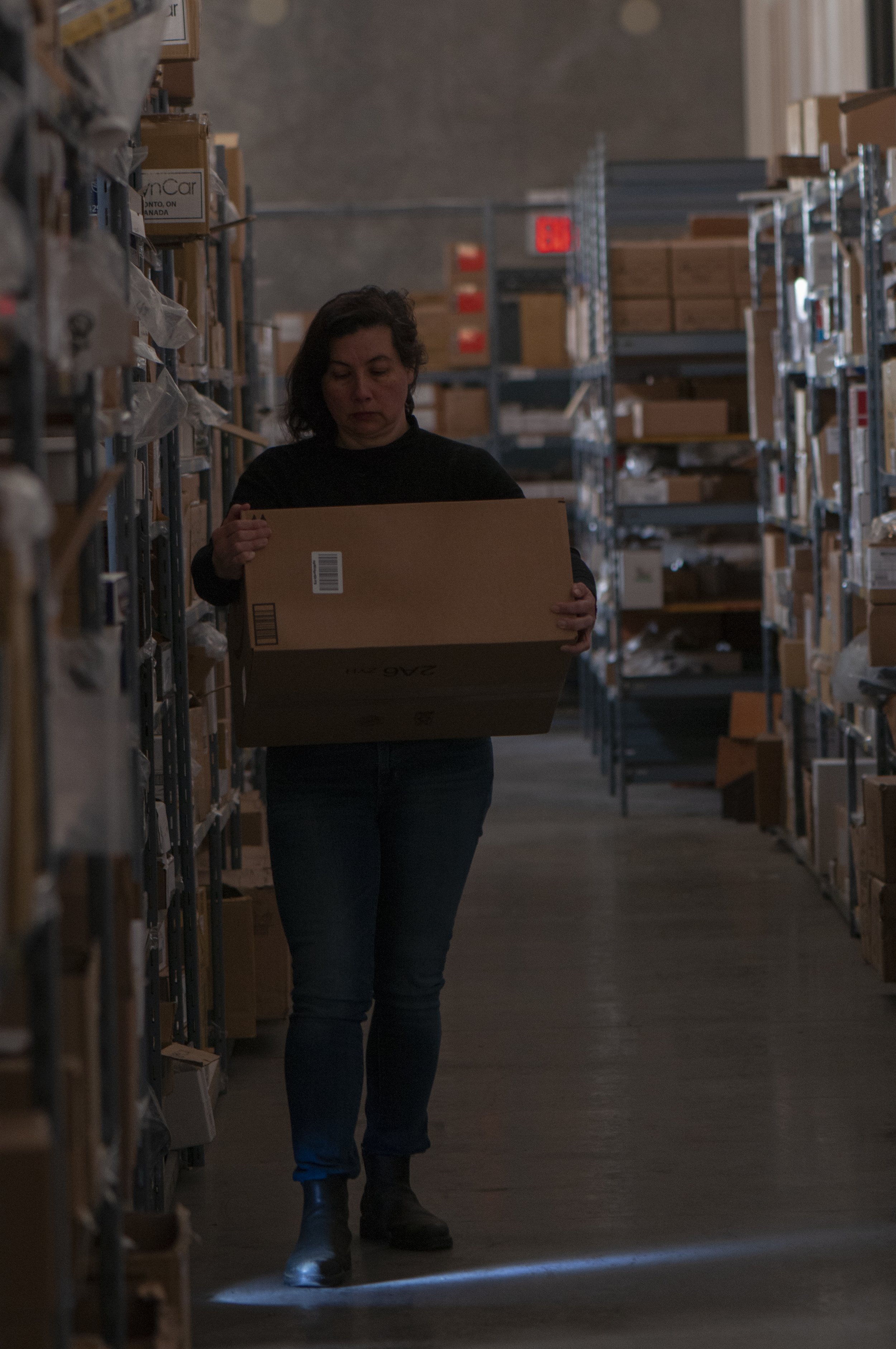
My first job in Canada
When people think of working in a developed country like Canada, they often imagine fair treatment, professional environments, and strong worker protections. I was no different. With hope in my heart and dreams of a better future, I started my first job at a well-known company, believing I had stepped into a safer and more secure life. But reality hit hard. What I experienced not only injured my body—it opened my eyes to a system that often ignores its most vulnerable workers. My story is a reminder that no job is worth sacrificing your safety, and that knowing your rights is the first step to protecting yourself.
In October 2020, I got my first job in Canada. I was so excited! I had just moved to this country and started working as a package handler at FedEx in Delta, BC. Wow… FedEx—a big name! I believed working in a first-world country like Canada would be professional and safe. But my hopes were quickly shattered.
The job was nothing like I expected. I worked in dark, cramped containers with no fresh air. My task was to lift heavy packages and stack them in a “T” shape so they wouldn’t fall. Most of my coworkers were part-time international students in their 20s—young and strong. At over 40, I couldn’t match their speed or strength. At first, I told myself, It’s okay. This is just what hard work looks like. But then something happened that I will never forget.
While I was working inside a container, a heavy metal door used to divide the space suddenly fell on my foot. The pain was intense—like fire shooting through my body. I looked down and saw blood everywhere. Part of my toe had been badly smashed. I was terrified. Am I going to lose my toe? I thought.
I called for help, but my supervisor refused to call an ambulance. He told me that if we called one, I would have to pay the $70 fee. I was shocked. A major company like FedEx, more concerned about saving money than helping an injured worker? I started to cry and begged them to take me to the hospital. I was so scared that waiting would cost me my toe.
Eventually, I got to the hospital. The doctor stitched my toe and assured me it would heal. I was relieved—but also furious. Why didn’t anyone tell me I had the right to be safe at work? Why wasn’t I given safety boots or told about the risks.
After that incident, I decided to learn about my rights. I discovered WorkSafeBC and learned that every worker in British Columbia has the right to a safe workplace. I also learned that we must put our safety first, especially when employers don’t. But my experience with WSBC was disappointing. When the case manager finally called, I was on the bus heading to a doctor’s appointment. Her tone was angry and dismissive. “So your injury isn’t serious if you’re able to walk?” she said. I was shocked!! Instead of support, I felt judged—at a time when I was already hurting.
That experience was incredibly painful, but it taught me an important lesson: as workers, we must know our rights and never stay silent. Just because a company is well-known doesn’t mean they will protect you. If I hadn’t spoken up that day, I don’t know what would have happened.
Now, I share my story with other newcomers and immigrants so they understand that safety is more important than any job. If my story can help even one person protect themselves, then everything I went through will have been worth it.


